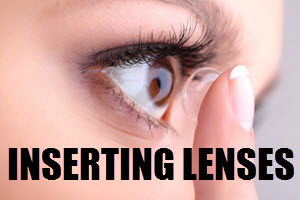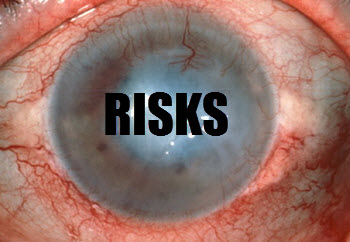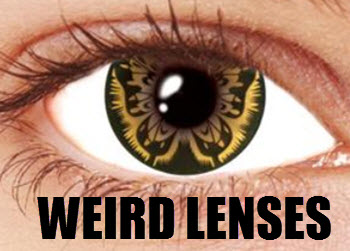Understanding Long-term Lens Wear
Long-term lens wear offers a convenient and effective solution for individuals seeking vision correction or enhancement. The extended use of contact lenses requires careful consideration to ensure that wearers maintain both comfort and eye health over time. It is crucial for lens users to be well-informed about best practices and the necessary considerations when wearing lenses for extended periods to prevent any potential complications.
Choosing the Right Type of Lenses
To begin with, selecting the correct type of contact lenses is fundamental to ensuring comfort during long-term wear. It is advisable to consult with an eye care professional to determine the most suitable option for your eyes. Contact lenses come in various materials and designs, with the most common options being soft lenses and rigid gas-permeable lenses. Soft lenses are generally preferred for extended wear due to their flexibility and comfort. They are made from soft plastics that allow oxygen to pass through to the cornea, making them comfortable for prolonged use. Conversely, rigid gas-permeable lenses, although less flexible, may provide sharper vision for certain individuals and can be more durable.
Daily Disposables vs. Extended Wear
Understanding the distinction between daily disposable lenses and extended wear lenses is an essential aspect of long-term lens use. Daily disposable lenses are designed for wear during the day and are discarded each night. This ensures that a fresh pair of lenses is used daily, significantly minimizing the risk of infection. These lenses are ideal for individuals seeking a low-maintenance solution, as they do not require cleaning or storage. In contrast, extended wear lenses are manufactured to be worn continuously for several days and nights, including overnight use. Nevertheless, adhering to the guidelines provided by your eye care professional is crucial to ensure safe use and prevent potential eye health issues.
Maintaining Hygiene and Eye Health
Adopting proper hygiene practices is essential when it comes to wearing contact lenses. Always wash your hands thoroughly with soap and water before handling your lenses to prevent the transfer of dirt or bacteria. It is advisable to avoid using oils or hand creams prior to handling lenses, as these substances can adhere to the lenses and cause discomfort or vision issues. Additionally, regular cleaning and disinfecting of lenses are imperative to prevent infections and maintain eye health.
Lens Care Solutions
Choosing the appropriate lens care solution is a crucial component of maintaining clean and disinfected lenses. Use a care solution recommended by your eye care professional to ensure compatibility with your lenses. Different types of contact lenses may require specific solutions, so it is important to confirm that the product you choose is suitable. Multipurpose solutions are popular among lens wearers as they simplify the lens care process, allowing you to clean, rinse, and store lenses with one convenient product. However, always follow the instructions provided with the care solution to achieve the best results.
Monitoring Eye Comfort
Being vigilant about monitoring eye comfort is vital for long-term lens wearers. Pay close attention to any signs of discomfort, irritation, or changes in vision. Redness, dryness, or blurry vision may indicate an issue with either your lenses or your overall eye health. Should any discomfort persist, it is crucial to seek advice from an eye care specialist promptly to address any potential problems.
Addressing Dryness
Dry eyes are a common concern among long-term contact lens wearers. To alleviate this issue, consider the use of lubricating eye drops that are specifically formulated for contact lens users. These drops can help maintain moisture and provide comfort throughout the day. Furthermore, staying well-hydrated is beneficial, as it supports overall eye health. In addition, using a humidifier in dry environments can help to maintain optimal moisture levels in the air, reducing the likelihood of dry eyes.
Regular Check-ups
Regular check-ups with an eye care professional are essential to ensure that your contact lenses continue to fit well and do not endanger your eye health. Periodic evaluations allow your eye care specialist to monitor the condition of your eyes, assess the fit of your contacts, and make any necessary adjustments. It is recommended to schedule these check-ups at least once a year; however, more frequent visits may be necessary if you experience ongoing issues or changes in vision. During these appointments, professionals can provide guidance and advice tailored specifically to your needs, ensuring that your experience with long-term lens wear remains safe and comfortable.
For further information on proper lens care and the safe use of long-term wear contact lenses, consider accessing reputable resources such as those offered by professional eye care organizations or consulting your eye care provider. Taking your eye health seriously is a key factor in ensuring that your experience with long-term lens wear is both safe and enjoyable. Being informed and proactive about the care of your lenses and eyes will contribute to maintaining healthy vision while enjoying the benefits of long-term lens wear.



 Cosmetic contact lenses
Cosmetic contact lenses